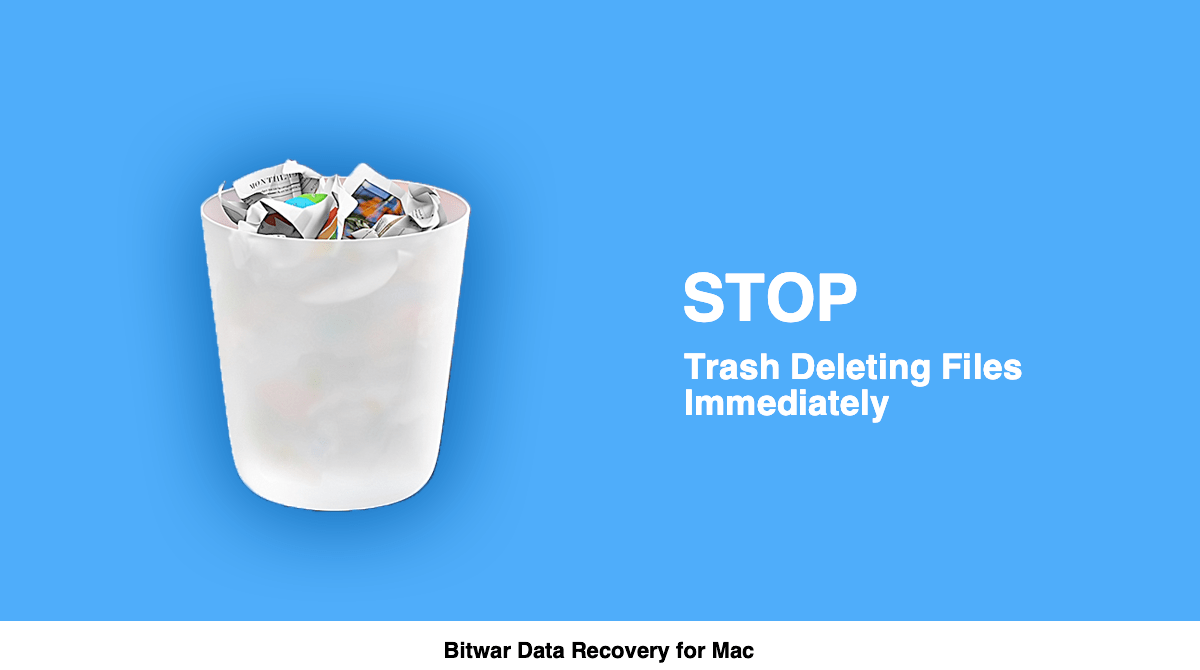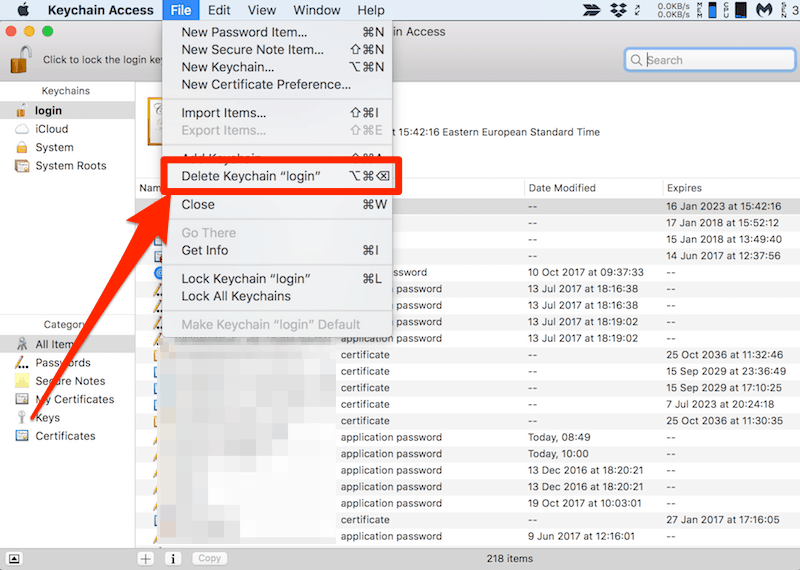

- #Mac delete key trash file mac os
- #Mac delete key trash file license
- #Mac delete key trash file plus
- #Mac delete key trash file free
- #Mac delete key trash file mac
To delete a file, type rm filename, replacing filename with the actual name of the file you want to delete. Sometimes you need to add modifier keys to delete or access special functions.

#Mac delete key trash file mac
Note: Before deleting anything do make sure you know what you’re about to remove. The Many Uses For the Delete Key On a Mac You can use the Delete key on yoru Mac's keyboard to delete text in both directions, delete selections, objects, files and more. Highlight the temporary files you want to deletemove the selected files to Trash. Select (click) on the first mail in the list, then press the CTRL+A key simultaneously, then press. Open Finder in the menu bar click on Go Go to Folder type in /Library/Caches/. Using the mouse, select the first mail in the list, then hold the SHIFT key and select the last one in the list, right-click and choose Delete. After you launch Terminal (in your /Applications/Utilities folder) type cd ~/Desktop to navigate to the Desktop directory. You can do it one of three ways: Right-click on Deleted Items then choose 'Empty Deleted Items folder'.

It’s dangerously easy to delete files with the rm command. If you’ve lost access to the Finder because your Mac is on the blink, you might be able to use the command line to troubleshoot the problem.These files, which can contain settings for certain apps or parts of macOS, contain a dot (.) before their names and the Finder doesn’t show them. Just like Command UpArrow moves you up the folder hierarchy, and Command Enter takes you down into a selected folder, you need to use the Command keystroke with the Delete key to perform this Mac Finder file delete. You can delete files that are hidden in the Finder. The short answer is yes, you can delete a file in the Mac Finder with the keyboard by: Pressing Command Delete.You can remove files from the Trash when you encounter stubborn errors.You can use wildcards to delete multiple files quickly and efficiently.So why bother using the command line? Here are some reasons:
#Mac delete key trash file plus
Zeroing the data will prevent normal recovery tools from being able to retrieve the data, while 7 times overwrite exceeds the Department of Defense standard 5220.22.Ĭontact CUS with any questions about securely deleting files from your Mac.Why bother deleting files with the command line?ĭeleting files with the Finder isn’t too difficult, plus you can always fish files out of the Trash if you change your mind. Note: The last two options will take 7 and 35 times longer than writing zeros they may take a very long time. You may choose from Zero out Deleted Files, 7-Pass Erase of Deleted Files, or 35-Pass Erase of Deleted Files.
#Mac delete key trash file free
#Mac delete key trash file license
This may take some time, depending on how large the files are. Download and run the license removal tool.
#Mac delete key trash file mac os
Note: Mac OS can keep a copy of your files in a "Recovered Files" folder in the trash. If you have sensitive data on your machine and need to delete it securely, there are two methods to use: Search the Help Desk Search Securely Deleting Sensitive Data on a MacĮven after you have deleted files from your machine, they may still be recovered by special file-recovery software.


 0 kommentar(er)
0 kommentar(er)
